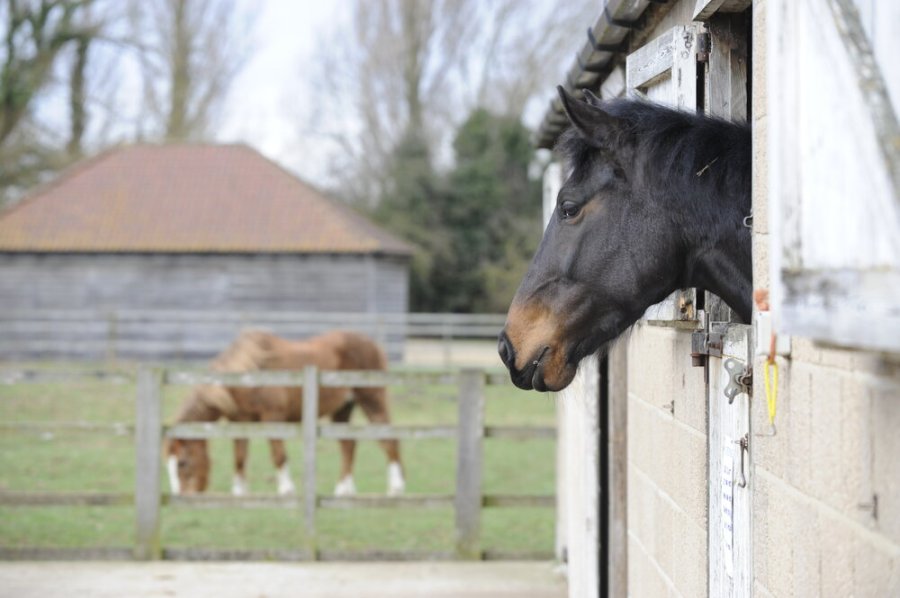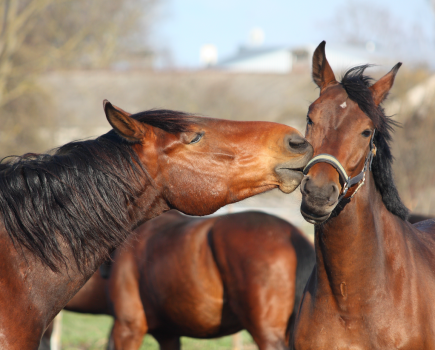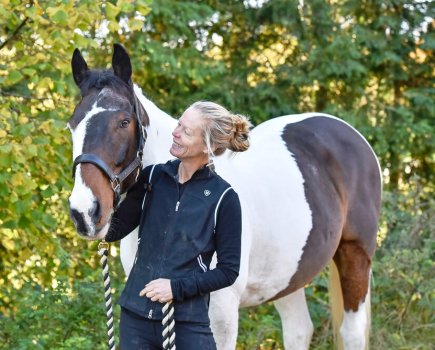The discussions around horses being stabled for long periods of time still rages and is showing no signs of stopping.
“I meet lots of owners who keep their horse stabled for most of the day,” says equine behaviourist Justine Harrison.
“Unfortunately, I find it difficult to persuade them otherwise. They think of a stable like a bedroom where their horses need to be tucked up out of the elements.”
A few years ago animal behaviourist Sue McDonald carried out a study in the USA which showed that wild horses can travel up to 100km per day at certain times of the year. Before this we thought it was around 30km.
“Sue has a semi-feral herd of Shetlands and a GPS tracker on each recorded their activity,” explains Justine. “We can see then how there’s a disconnect between the freedom to roam that horses need and being stabled.”
Horses evolved to graze with their head down and move at least one foot every three to five seconds, yet by stabling them, using haynes and not allowing them to move around, we deprive them of this.
“In these situations, horses often shut down and are quiet, which owners misinterpret as being settled,” explains Justine. “Add to this not being able to touch other horses and we are depriving them of their natural herd instincts. This is when we see behavioural issues starting.”
A study of 16 horses, all kept in different situations, found that they are healthier and happier when out in the paddock. Group housing also scored well. The findings showed that the more isolated a horse became, the higher his stress levels.
Justine is particularly baffled as to why many competition horses are kept stabled. “We wouldn’t expect Usain Bolt to come out, train for an hour then go back into a room the size of a bathroom for 23 hours, so why do we think it’s OK for our horses?”
Physical issues can quickly become a problem for horses unable to move regularly. “Add to this the days when owners decide not to ride, and the situation is exacerbated. It’s just like box rest and we know how hard that can be on horses in these situations.”
Justine has realistic expectations, however. “Lots of horses appreciate a warm stable and big bed during the winter to get a break from the elements, but they’re always in a rush to get out again the next day. Same in the summer – it can be useful to stable them for a few hours when the sun is at its hottest.
“I’ve met some horses who need to be retrained to be turned out as they’ve never experienced it. This is not the right option for our horses.”
Don’t miss the latest issue of Your Horse Magazine, jam-packed with training and veterinary advice, horse-care tips and the latest equestrian products available on shop shelves, on sale now.









